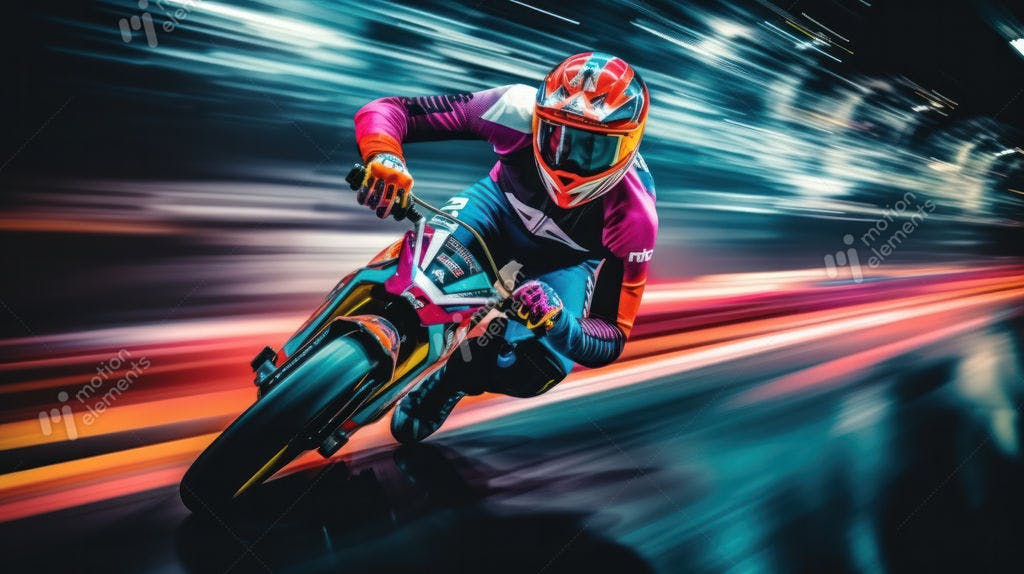Introduction:
Are you ready to elevate your video editing prowess to new heights? For enthusiasts and professionals alike who are passionate about DaVinci Resolve, enhancing your motion tracking skills is a game-changer. This comprehensive guide is designed to unfold expert strategies and insights, enabling you to harness the full potential of the DaVinci Resolve Motion Tracker. So, settle in and prepare to embark on a journey to motion tracking mastery.
Laying the Groundwork with Motion Tracking Basics:
Embarking on the motion tracking journey necessitates a solid understanding of the fundamentals. Motion tracking is the art of following the movement of an object within a video, a critical skill for tasks ranging from embedding dynamic text in a moving scene to transforming static shots with animated elements.
DaVinci Resolve stands out with its sophisticated motion tracking features, catering to both seasoned editors and ambitious newcomers. Familiarizing yourself with the various types of motion tracking—such as point tracking for single points, planar tracking for flat surfaces, and camera tracking for 3D movements—empowers you to select the most effective approach for your project's unique demands.
Sharpening Your Precision in Tracking:
The essence of compelling visual effects lies in their seamless integration, where precision tracking plays a pivotal role. To refine your tracking accuracy in DaVinci Resolve, consider the following:
Strategic Selection of Tracking Points: Opt for points that are distinct and contrast-rich, ensuring stability throughout the tracking process. Steer clear of areas prone to motion blur or dramatic lighting shifts.
Tailoring Search Areas: Calibrate the search area to strike a balance—sufficiently broad to accommodate movement yet constrained enough to prevent errors.
Keyframe Adjustments for Perfection: Manual adjustments via keyframes might be necessary to rectify the tracking path, guaranteeing a flawless alignment of your effects with the clip.
Adopting these strategies not only mitigates common tracking hurdles but also guarantees that your visual enhancements meld impeccably with the original footage.
Venturing into Advanced Tracking Techniques:
For those poised to push their motion tracking capabilities further, DaVinci Resolve presents advanced functionalities to navigate intricate tracking landscapes:
Planar Tracking: This technique is your ally for tracking flat surfaces, utilizing patterns and textures to monitor movement, making it ideal for effects on walls, floors, or billboards.
Stabilization: Leverage tracking to smooth out shaky footage, lending a polished, professional touch to your videos.
Dynamic Tracking Masks: Craft masks that adapt to the movement within your scene, perfect for targeted color grading or effect application on moving subjects.
Mastering these sophisticated techniques positions you to tackle diverse projects, from straightforward vlogs to elaborate cinematic endeavors.
Navigating Tracking Challenges:
Even the most adept editors occasionally confront tracking dilemmas. Common complications include:
Track Drift: Should your track begin accurately but lose alignment over time, reassess your tracking points for maximum stability.
Occlusions: Interruptions in your tracking path, caused by foreground elements, necessitate manual keyframe intervention to maintain continuity.
Combatting Motion Blur: Fast-moving objects might blur your tracking points. Modify the tracker's sensitivity or opt for clearer tracking points to counteract this.
Understanding and addressing these challenges ensures the resilience of your tracking efforts, preserving the integrity of your visual storytelling.
Refining Tracking with Keyframes:
Keyframes stand as a cornerstone in video editing, offering granular control over the trajectory of your tracked elements. Through meticulous keyframe manipulation, you can adjust the tracked element's position, scale, and rotation to achieve perfect harmony with the on-screen movement.
This meticulous control is invaluable for complex tracks or when subtle adjustments are necessary to align the tracked element's behavior with the narrative flow. With practice, keyframes become an indispensable tool in enhancing your motion tracking outcomes.
Conclusion:
You've reached the culmination of your journey to motion tracking proficiency in DaVinci Resolve. Armed with the techniques and insights discussed, you're now equipped to produce work of a professional caliber that stands out to your audience. It's time to bring out your camera, ignite DaVinci Resolve, and let your creative spirit take flight with impeccable motion tracking.
Embrace this journey with dedication and a spirit of exploration. The path to mastering motion tracking, as with any skill, is paved with continuous learning and experimentation. Here's to your success and the boundless creative possibilities that await in your video editing adventures. Happy editing!
